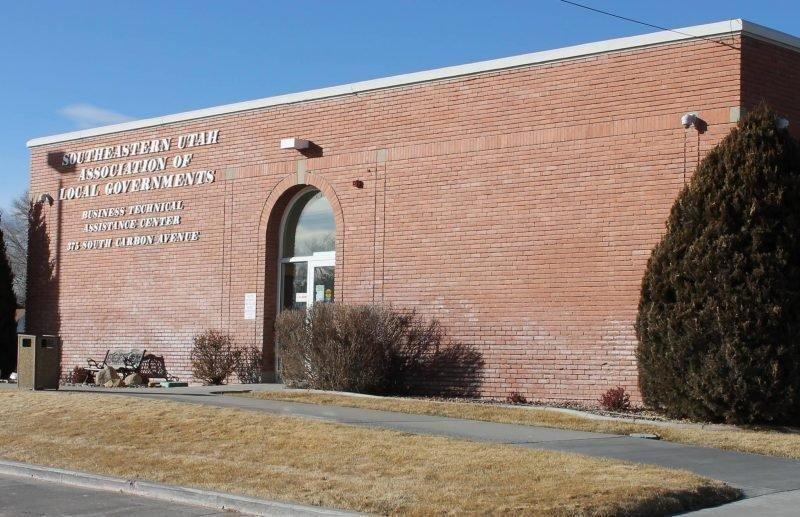SEUALG Press Release
The path to owning a home for many people is strewn with obstacles. And even once one is in a home, it can be a formidable task just to keep them maintained. This is particularly true if one has a low income, is disabled or elderly.
The Southeastern Utah Association of Local Governments (SEUALG) has many programs for people who either have homes that need repair and even a program for the purchase of a home for those individuals that have a hard time securing funding from traditional lenders.
At the AOG, Barbara Fausett is the Self Help and Housing Program Manager and she supervises nearly a half dozen programs that can help people in various ways with their housing in the San Juan, Grand, Emery and Carbon county areas.
For those that want to buy a house, there is the Self Help Program. This is an acquisition/rehab program where the client buys a pre-owned home and fixes it up themselves.
“We try to get the bottom dollar on the purchase of the home so that when the client is done putting their effort into rehabing the property, they have some equity in it when they move in,” Fausett stated. “With the last 10 homes we have done with this program, the average equity a homeowner had was about $15,000 after they were done fixing it up.”
The homes are purchased through a distressed sale, and often are foreclosures or estate sales where people who own it live out of the area and want to get rid of the property.
The loans for the home come through the United States Department of Agriculture (USDA) and those that qualify do not have to put one dime down on the property. The AOG processes the loan package. These types of loans are not available at a bank. The income guidelines to qualify for these homes is different than for typical HUD loans. The people that are eligible for these homes need to have very low incomes. For example, a family of four would qualify if they make under $54,150 per year.
While these are fixer uppers, not all the work has to be done by the people buying it. For instance, if the buyer is not able to do electrical work, that can be subcontracted out. However, most people can replace a roof, replace siding or do other things. But nothing is left to chance. Under this program, to be sure things are completed properly, there is an agency construction supervisor that oversees the work people are doing.
“He will estimate the materials for the project, then he buys and delivers all the products that will be used. He then trains the client in how to do the different phases of the project,” said Fausett. “The projects have to fall within a minimum cost of $15,000 and can range up to $50,000 in material costs.”
One important point is that the people who have purchased the house through this program cannot live in it until it is finished.
“It takes a lot of work and we only do five of them a year,” she said. “Most people who buy these homes work full time and they have to work on the house as well. So. it takes some real effort on their part. We do, however, try to get these projects done in three to four months. Typically, we go in and do anything that needs doing. If the roof doesn’t have another 10 years of life in it, we replace it. So, anything that might need work within the next 10 or 15 years will be remodeled.”
She said all areas of a home from the heating to the floors is open for possible remodeling in these types of homes. Fausett said that SEUALG actually piloted this program in Utah.
“Some places have a program that works with new homes,” she said. “But this type of rehab program is a little trickier because no one knows what they are getting when we buy that house. These houses sometimes sit empty for a long time before purchase and who knows what kinds of problems they could have developed.”
To stave off problems like that, a good inspection program by the building supervisor helps the situation. He also uses other experts in the construction field to look at homes before they are purchased. This protects the buyers, many of whom have never bought a home before or even worked on one.
“This program provides the buyers with a good home. But, they also gain skills they have learned in the process of repairing it. This leads to a true sense of satisfaction and self worth having done so much themselves,” she stated. “There are also a lot of little things built into this program to help them after they move in, including educational components concerning home ownership. Skills in budgeting and planning and maintenance of the home and other things are taught to them.”
Many of the homes that are purchased under this program involve single parent families. The purchasers can have volunteers to help them with the work, whether it be friends or family members.
The USDA Self Help program is available from SEUALG only in Carbon and Emery counties.
Interested parties can go online to the SEUALG website at https://seualg.utah.gov/ and fill out an application. They can also contact Fausett at (435) 613-0026 or email her at bfausett@seualg.utah.gov.


